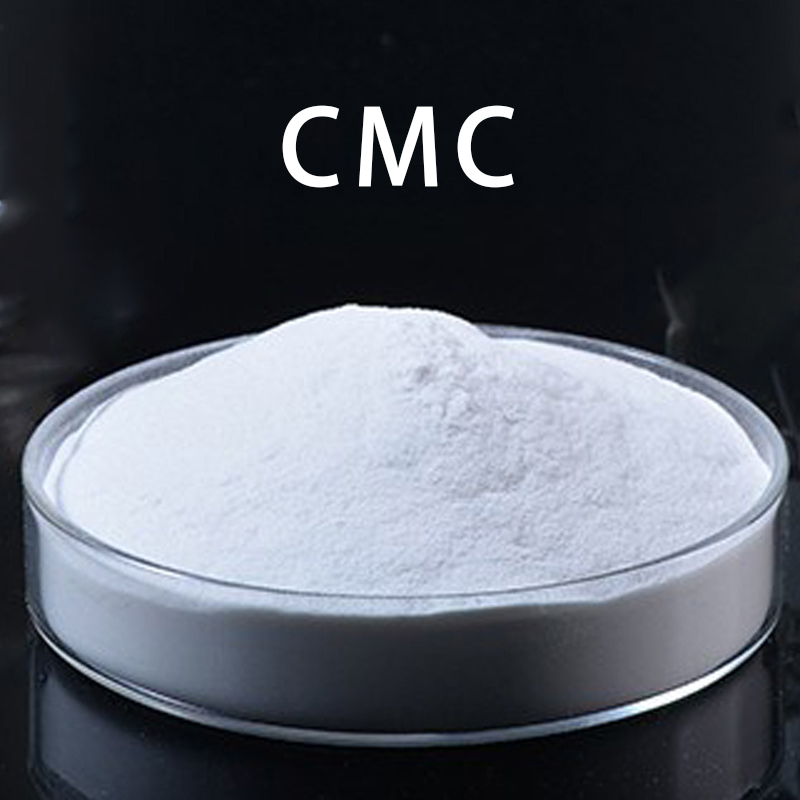-

The Role of Hydroxyethyl Cellulose in Cosmetics
Hydroxyethyl cellulose (HEC) plays several important roles in the cosmetics and personal care industry due to its unique properties. Here are the key roles of hydroxyethyl cellulose in cosmetics: Thickening Agent: HEC acts as a thickening agent in cosmetic formulations. It increases the v...Read more -

Hydroxypropyl methylcellulose HPMC gel temperature problem
Hydroxypropyl Methyl Cellulose (HPMC) is a cellulose ether widely used in various industries for its thickening, water-retention, and film-forming properties. The gelation temperature of HPMC can be influenced by several factors, and encountering problems related to gelation may require adjustme...Read more -

Functional Properties of Cmc in Food Applications
Carboxymethyl cellulose (CMC) is a cellulose derivative that finds various applications in the food industry due to its unique functional properties. Some of the key functional properties of CMC in food applications include: Thickening: CMC is widely used as a thickening agent in food pro...Read more -

Thermal Gelation of Methyl Cellulose and lts Application in Food
Methyl cellulose (MC) is a cellulose derivative that exhibits thermal gelation properties, making it valuable in various applications, particularly in the food industry. The thermal gelation of methyl cellulose refers to its ability to form a gel when heated and revert to a solution when cooled....Read more -

Brief Introduction of Hydroxypropyl Methyl Cellulose (HPMC)
Hydroxypropyl Methyl Cellulose (HPMC) is a versatile cellulose ether derived from natural plant fibers. This compound is obtained through the chemical modification of cellulose, involving the introduction of hydroxypropyl and methyl groups onto the cellulose backbone. HPMC is widely used across...Read more -

How to use hydroxypropyl methylcellulose gel?
Hydroxypropyl Methylcellulose (HPMC) can be used to create gels with specific properties for various applications, including in the pharmaceutical, cosmetic, and construction industries. The method of preparing and using an HPMC gel can depend on the intended application and the desired characte...Read more -

Effect of hydroxypropyl methylcellulose on water retention of mortar
Hydroxypropyl Methylcellulose (HPMC) is commonly used in mortar formulations to enhance various properties, including water retention. The effect of HPMC on water retention in mortar is significant and beneficial in construction applications. Here’s how HPMC contributes to water retention i...Read more -

Dissolution methods and main uses of ethyl cellulose
Ethyl cellulose is a derivative of cellulose that is modified with ethyl groups. It is commonly used in various industries for its film-forming and barrier properties. In the pharmaceutical industry, ethyl cellulose is often employed for controlled-release drug formulations, while in other indust...Read more -

RDP And VAE Powder
RDP (Redispersible Polymer Powder) and VAE (Vinyl Acetate Ethylene) Powder are both polymer powders widely used in the construction industry for their adhesive and binding properties. Let’s explore each of them: Redispersible Polymer Powder (RDP): Composition: RDP is a copolymer powd...Read more -
Why does the volume of mortar increase after adding cellulose ether?
The increase in volume observed after adding cellulose ether, such as Hydroxypropyl Methylcellulose (HPMC), to mortar can be attributed to several factors related to the unique properties of cellulose ethers: Water Retention: Cellulose ethers, including HPMC, are known for their excellent ...Read more -

Problems and solutions of HPMC in putty powder
Hydroxypropyl Methylcellulose (HPMC) is commonly used in putty powder formulations to improve various properties. However, like any additive, challenges may arise during its application. Here are some common problems associated with using HPMC in putty powder and potential solutions: Ina...Read more -

HPMC for Hand Sanitizer
Hydroxypropyl Methylcellulose (HPMC) is not typically used in hand sanitizers as the primary active ingredient. Hand sanitizers are generally formulated with active antimicrobial agents such as alcohol, isopropanol, or benzalkonium chloride, which are responsible for killing bacteria and viruses...Read more

